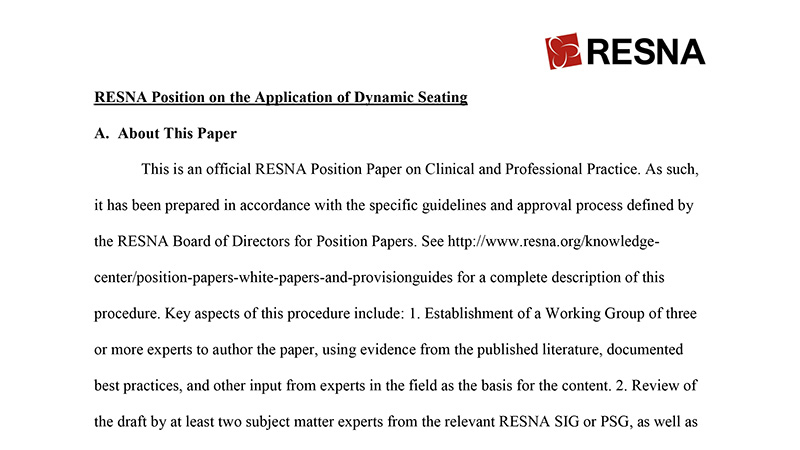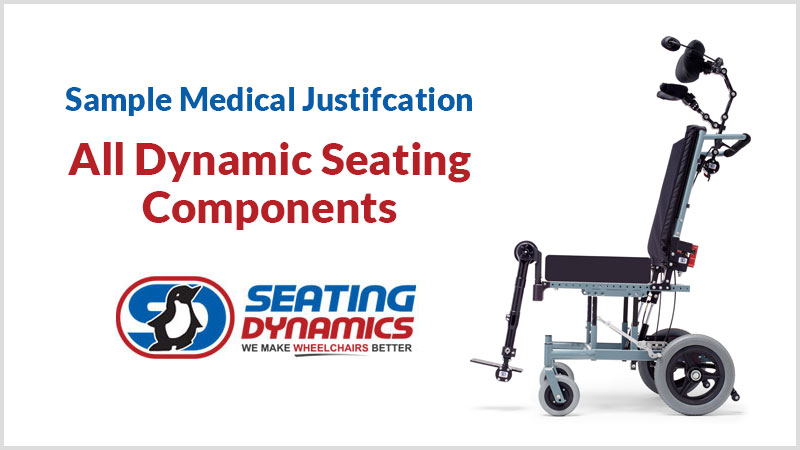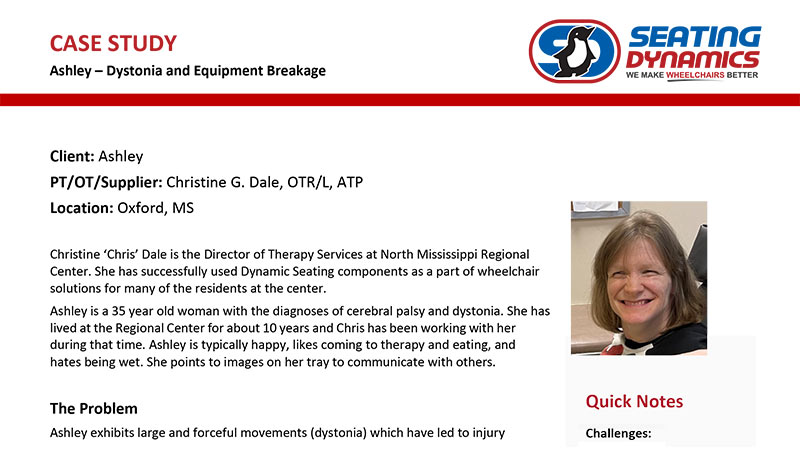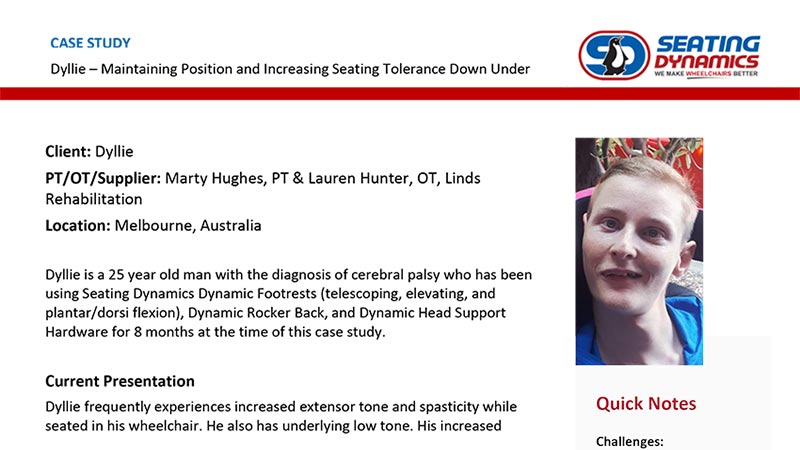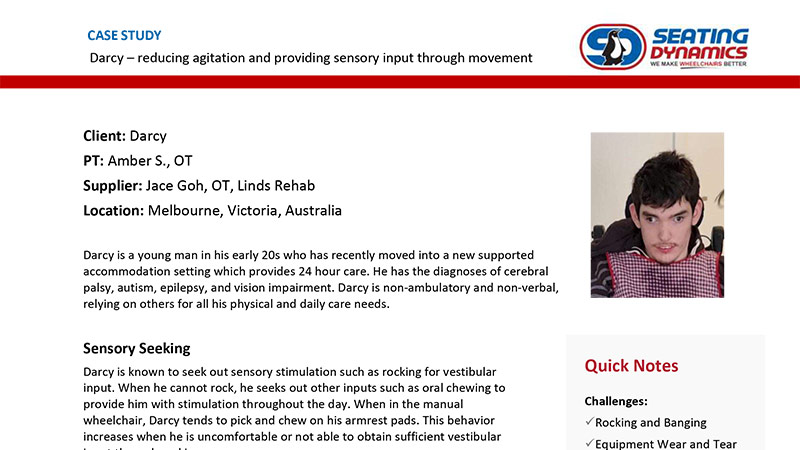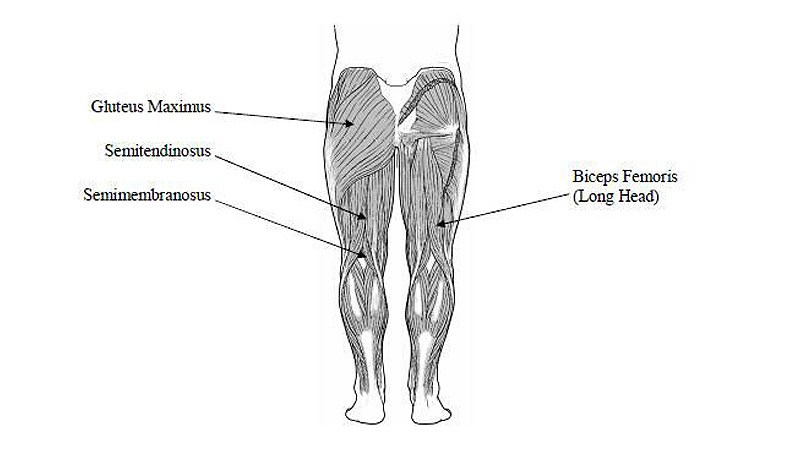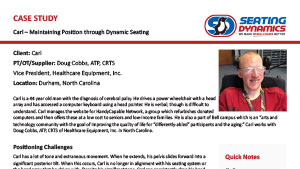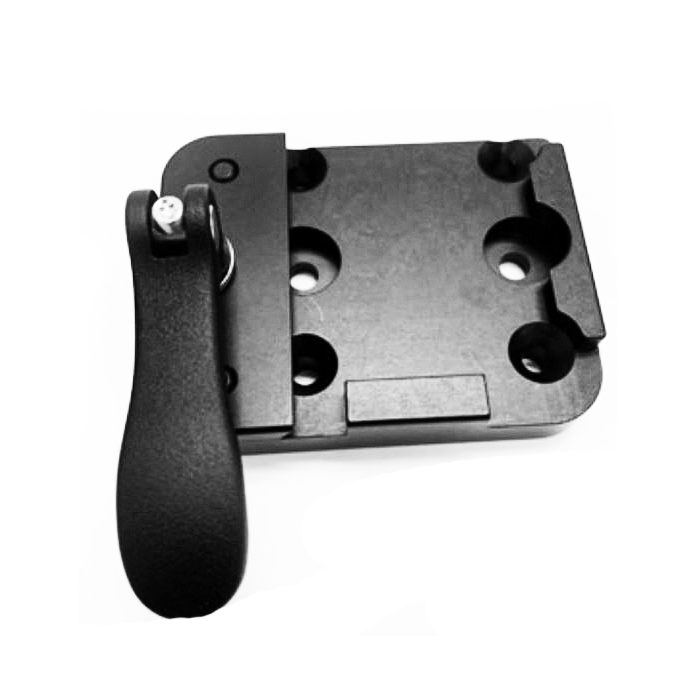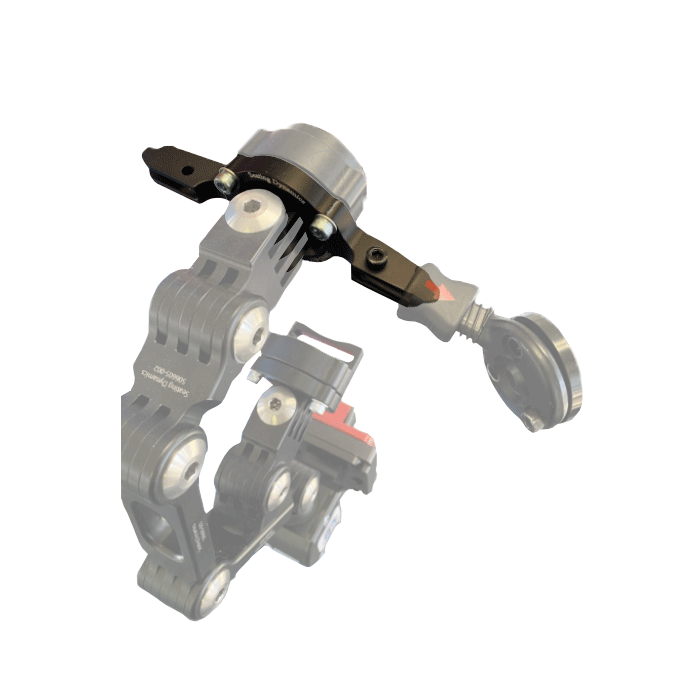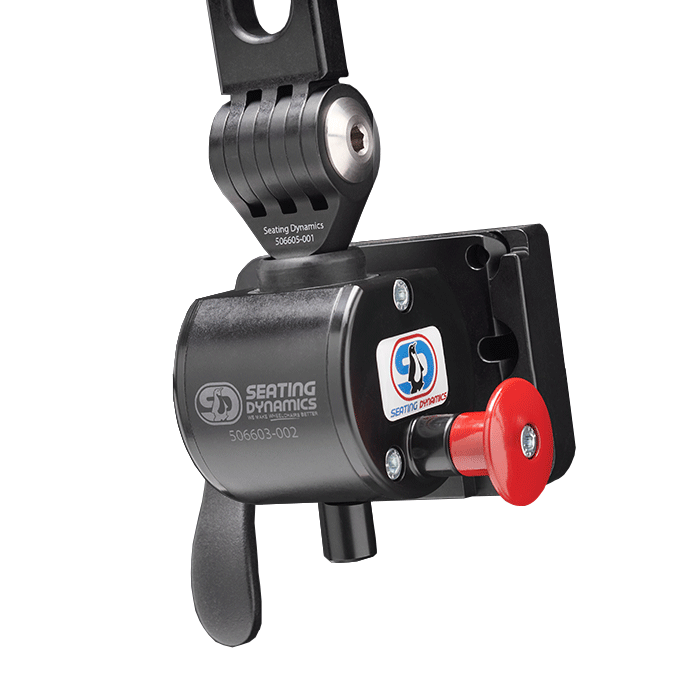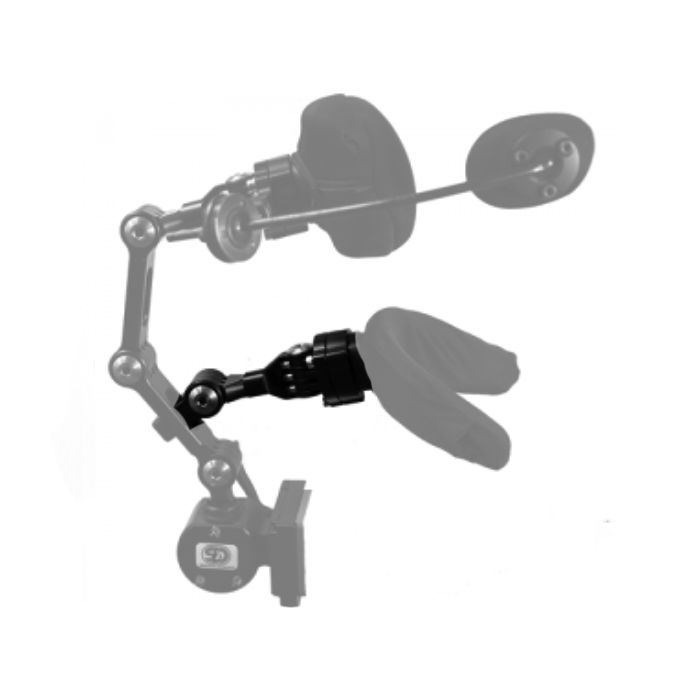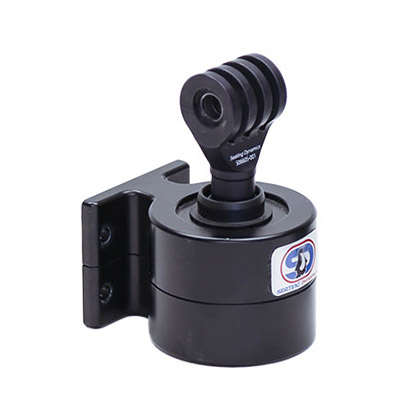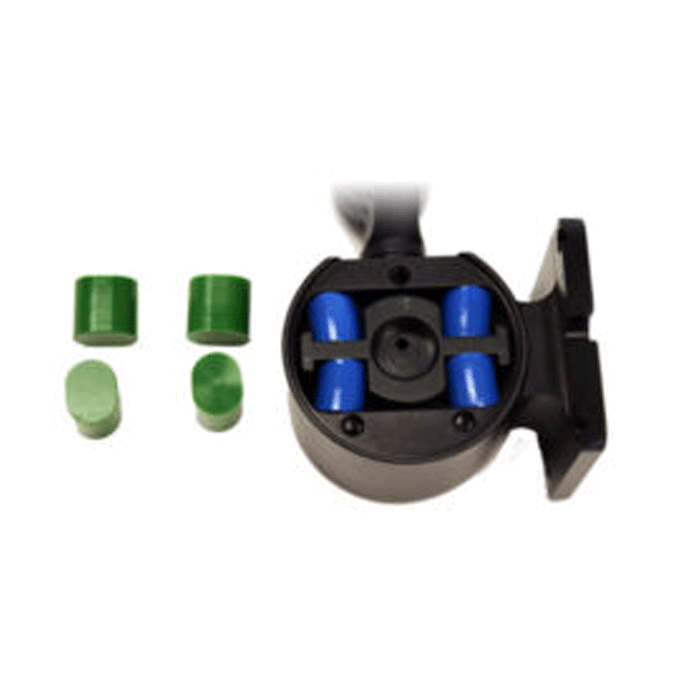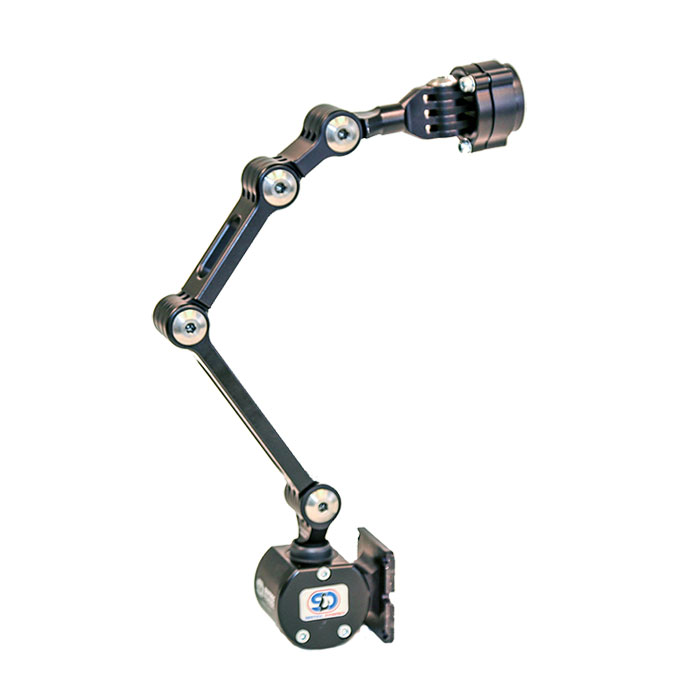Literature Review on Dynamic Wheelchair Seating
Our literature review on Dynamic Seating includes over 200 peer reviewed and non-peer reviewed articles, presentations and proceedings, design articles,…
RESNA Position on the Application of Dynamic Seating
The purpose of this document is to share typical clinical applications as well as provide evidence from the literature supporting the application of dynamic seating to assist practitioners in decision-making and justification.
Overview – Sample Medical Justification – All Dynamic Seating Components
The following are sample medical justification wording for specific Dynamic Seating components which may be used in documentation, such as…
Sample Medical Justification – Dynamic Rocker Back interface
The following are sample medical justification wording for the Seating Dynamics Dynamic Rocker Back interface which may be used in…
Ashley – Dynamic Seating: Dystonia & Equipment Breakage
Ashley is a 35 year old woman with the diagnoses of cerebral palsy and dystonia. She exhibits large and forceful movements (dystonia) which have led to injury to her legs and damage to the wheelchair. She needs to move and her movements increase when she is agitated or excited.
Dyllie – Maintaining Position and Increasing Seating Tolerance Down Under
Dyllie is a 25 year old man with the diagnosis of cerebral palsy who has been using Seating Dynamics Dynamic Footrests (telescoping, elevating, and plantar/dorsi flexion), Dynamic Rocker Back, and Dynamic Head Support Hardware for 8 months at the time of this case study.
Kristen – Extension and Equipment Breakage
Kristen is a 31 year old woman with the diagnosis of cerebral palsy. She has involvement in both legs and one upper extremity, with more involvement in the lower extremities (Triplegia).
Somewhere To Go: Dynamic Seating Helps Manage Harmful Forces
Mobility Management explores the forces clients can exert within wheelchair seating and how Dynamic Seating can address those forces.
Darcy – Reducing Agitation and Providing Sensory Input through Movement
See how a Dynamic Rocker Back has not only satisfied Darcy’s need to rock in his wheelchair, but improved safety, sitting tolerance, function and decreased equipment breakage.
Review of Hip Musculature and Impact of Dynamic Back Design
A whopping 21 muscles cross the hip – and I’m absolutely certain I can’t name them all. These muscles provide movement in 3 planes and provide stability between the femur and acetabulum (the hip joint).
Using Dynamic Seating to Reduce Client Injury and Equipment Damage
This case study follows a single participant from age 6 to his early 20’s as his seating and mobility team worked to find optimal seating solutions to maintain his position and prevent injury and equipment breakage.
Carl – Maintaining Position through Dynamic Seating
Carl is a 44 year old man with the diagnosis of cerebral palsy. He drives a power wheelchair with a head array and has accessed a computer keyboard using a head pointer.


